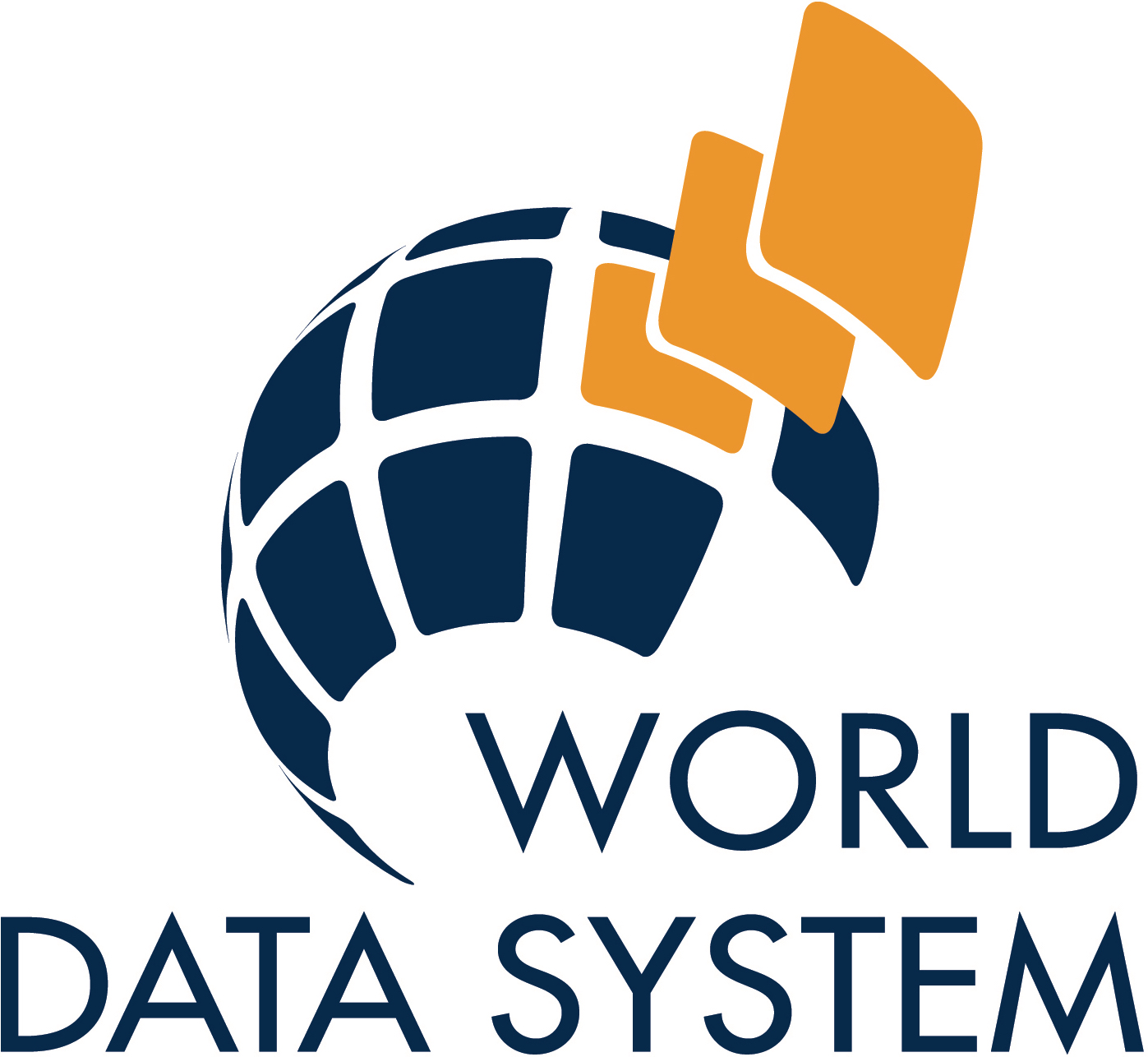| Abstract: |
The article considers the boom in projects utilising the phrase `community archaeology', which take many different forms and have ranged from the public face of research and developer-funded programmes to projects run by museums, archaeological units, universities, and archaeological societies. Community archaeology also encapsulates those projects run by communities themselves or in dialogue between `professional' and `amateur' groups and individuals. It is suggested that many of these projects are driven by a desire for archaeology to meet a range of perceived educational and social values in bringing about knowledge and awareness of the past in the present, and that these are often claimed as successful outputs of community projects. The paper argues that appropriate criteria and methodologies for evaluating the efficacy of these projects have yet to be designed. It asks what, and who, community archaeology is for, and whether it is effectively meeting its targets. Focusing on the authors' experiences of directing community archaeology projects, together with the ongoing research assessing the efficacy of community archaeology projects in the UK, the paper aims to set out two possible methodologies: one of self-reflexivity, and one of ethnoarchaeological analysis for evaluating what community archaeology actually does for communities themselves. |





